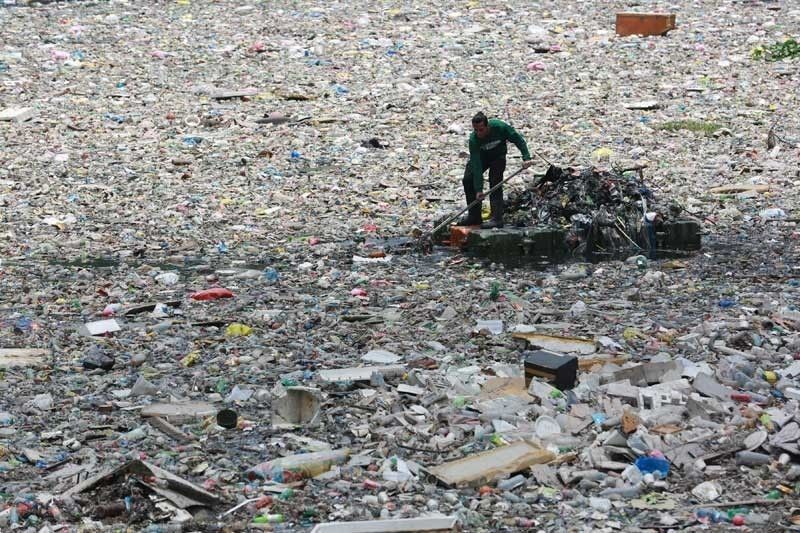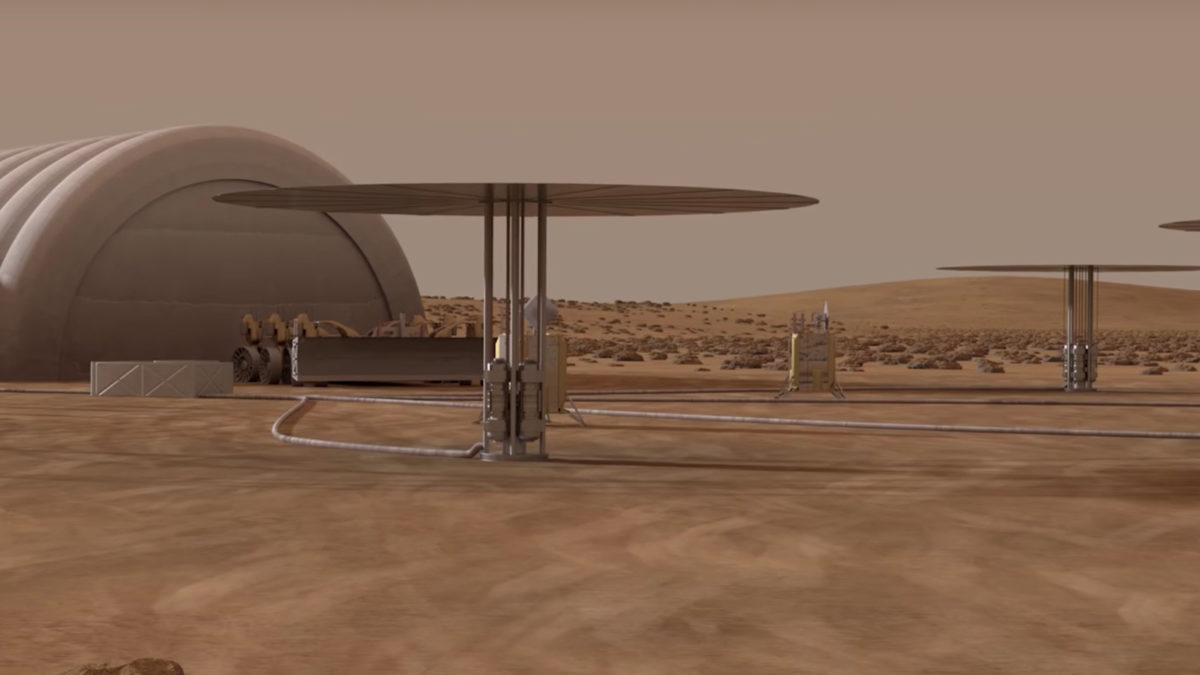|
We are happy to help promote the The Solar
District Cup that is directed and administered by the National
Renewable Energy Laboratory and is funded by the U.S.
Department of Energy Solar Energy Technologies Office. Learn
more . It is open for applications all summer
for multidisciplinary student teams to design and model
optimized distributed energy systems for a campus or urban
district.Hopefully the White House will also support this contest
as well.
We also would like to help you recycle things like
batteries, even big ones, since they contain lots of toxic metals
that can be put to use, providing energy once again by going to
the nonprofit website www.call2recycle.org to
find your local Call2Recycle center near you. It is
the country’s largest, most reliable battery recycling program.
For
those who care about the climate, our two-page Climate Newsletter
is on our IRI homepage
summarizing what we can expect for the rest of the century. In
case that is slightly disturbing, it is worth comparing to the
ten-minute, professional produced Curiosity Stream video on
YouTube, “The
Last Time the Globe Warmed” that
is richly illustrated with nature video shorts and graphics about
the Paleocene-Eocene Thermal Maximum (PETM) which is the last
time the earth had a surge of CO2 up to the 800 ppm that we also
expect to happen by 2100. Very educational and rich with sobering
facts.
Our
Story #1 features an American attempt at a super-efficient
automobile with the new Shell 107 mpg concept car which seems
pretty impressive. That is until we look back at other
achievements for even greater miles per gallon. If you click on
“Read More” the shocking revelation is that that same Shell
company rolled out the Opel P-1 in 1973 with an astounding
376 mpg (see www.376mpg.com/ for
the complete story on the Opel P-1). Furthermore, a 1947
Studebaker achieved a mileage of 147 m.p.g. and in 1969, a Fiat
600 established a record of 244 mpg. Our FE eNews also did a
review of the Volkswagen XL1 in May, 2014 which is the most
road-friendly version, being a 4-seater with an aerodynamic
design and also a much better 261 mpg than Shell’s “new” concept
car. The XL1 was also featured in Popular Science, January 2014
on p. 16. But now in 2019, there is a government fight to roll
back automakers’ fuel standards that were established in the
Obama era with the clearly erroneous excuse that automakers will
find it difficult to meet the increased mpg standards. Our FE
eNews readers know better.
Story #2
has an important breakthrough for the uncertain renewable energy
future by covering both solar AND wind in the same invention!
Appearing in the prestigious Applied Energy journal ,
University of Manchester in the UK has invented unusual
piezoelectric strips with flexible solar panels bonded to them,
which they call “inverted flags”. Nice short video shows their
achievement, which can be scaled up for commercial use.
Story #3
is a double header (no pun intended) with the bioenergetic
discovery that even very old senior citizens can make new brain
cells. The article has links to The Guardian and also to
Scientific American. As long as we keep challenging ourselves (the
top two are 1) learning a new musical instrument and/or 2)
learning a second language), the new brain cells rise to the
occasion.
Story #4
may be the first time this has been reported, bringing hope for
environmentalists all over the globe, with a discovery of four
new strains of bacteria that can eat low density polyethylene
plastic. The University of the Philippines has reported the
microorganism biodegradation, which was discovered in Zambales.
Story #5
reports a revival of the nuclear reactors in space controversy
with the news of NASA testing U-235 fission reactors. Directing
this effort toward a vision of Mars, such long-term electrical
power sources for about 10 kilowatts are presently the best and
most reliable power sources that are unclassified, according to a
former astronaut, Tom Jones, reporting in Aerospace
America.
|
|
1) Shell 107 MPG Concept Vehicle
|
|
|
|
Not that long ago, they developed this, which you
can see in the following video:
|
Their
focus is on how much emissions are reduced over the lifetime of
the car or at least that is what they want the public to focus
on. This is like Elon Musk’s solar panel roof tiles that gets a
pay back over decades. If you want an extremely long-term return
on investment, it seems like a good idea, but in the modern
rush-rush world, it seems unlikely that the average person wants
to wait that long or can afford to wait that long!
|
|
2) Piezo Flags Generate Power from Wind and Sun
|
|
Scientists
have created flags that can generate electrical energy using wind
and solar power.
The
novel wind and solar energy-harvesting flags have been developed
using flexible piezoelectric strips and flexible photovoltaic
cells. Piezoelectric strips allow the flag to generate power
through movement, whilst the photovoltaics is the best known
method of harnessing electric power by using solar cells. The
study, conducted by researchers at The University of Manchester,
is the most advanced of its kind to date and the first to
simultaneously harvest wind and solar energies using inverted
flags. The research has been published in the journal Applied
Energy.
|
|
|
|
|
3) Humans Make New Brain Cells into their 90s
|
|
|
|
By Ian Sampler The Guardian
Humans
can make fresh brain cells until they are well into their 90s, but
the production of new neurons falls in those with Alzheimer’s,
even when the disease has recently taken hold, scientists have
found. The findings may help doctors to diagnose Alzheimer’s at an
earlier stage, and identify those most at risk who may benefit
from exercise and other interventions that could boost the
production of new brain cells.
Related Article
Growing New Brain
Cellsi
|
|
4) Plastic Eating Bacteria found In Philippines
|
|
|
|
Microorganisms capable of “eating” plastic have
been discovered in a hyperalkaline spring in Zambales, paving the
way for research on new approaches to dealing with the country’s
growing plastic problem.
Researchers from the biology department of the
University of the Philippines-Baguio have discovered four strains
of bacteria that are capable of biodegrading low-density
polyethylene (LDPE), which is commonly used for plastic bags, cling
wrap, shampoo bottles and other containers.
|
|
|
|
NASA is testing technologies to bring nuclear fission
power to human spaceflight. Former astronaut Tom Jones explains why
the move is long overdue.
Deep space
explorers are going to need a fission reactor, probably a collection
of them. Unfortunately, for decades NASA limited its in-space
production of nuclear-generated electricity to RTGs, judging fission
reactors as too expensive and politically sensitive to develop.
Besides, with astronauts limited to low Earth orbit, solar energy
sufficed to power the ISS.
|
|










